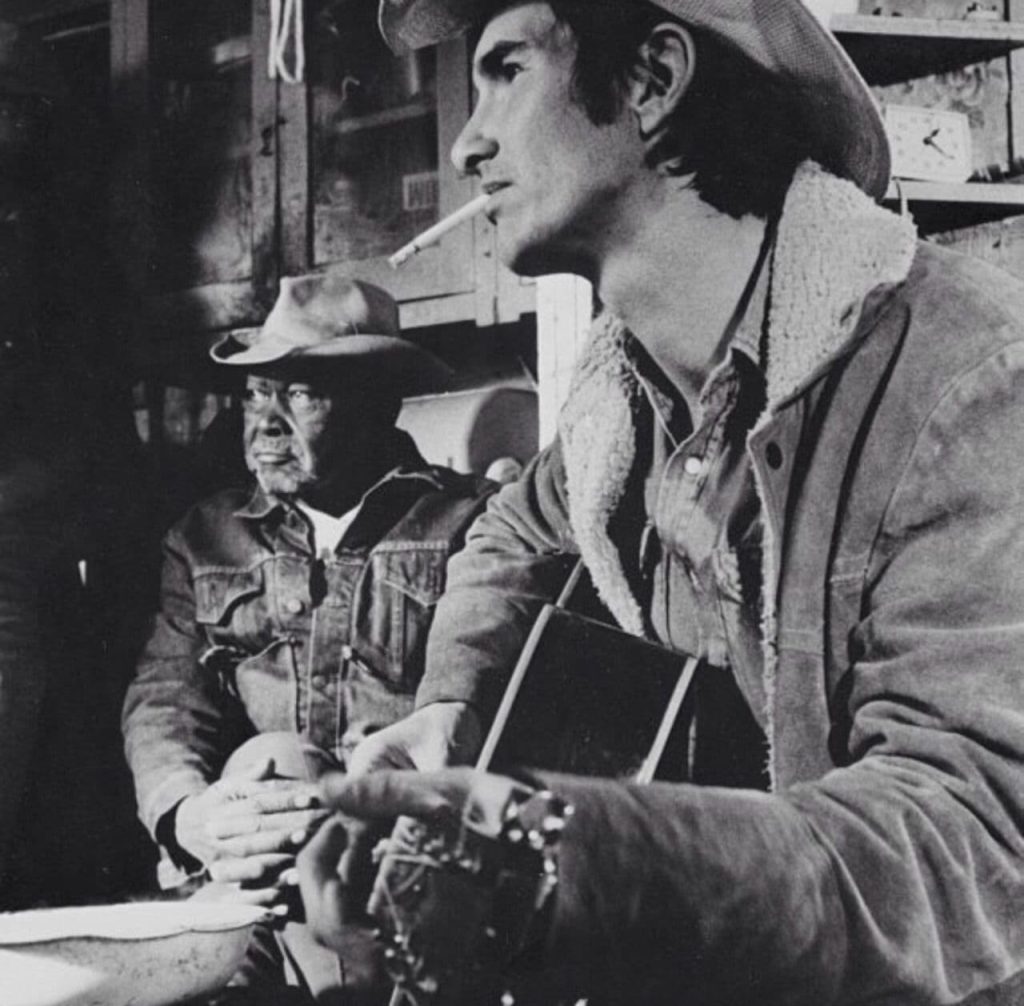
A Ballad of Outlaws, Friendship, and the Harsh Realities of Life
“Pancho and Lefty”, a song etched in the annals of American folk and country music, isn’t just a tune; it’s a narrative, a story of two outlaws whose lives intertwine and ultimately diverge amidst the vast landscapes of the American West and beyond. While it never charted on the Billboard Hot 100 upon its initial release in 1972 on the album The Late Great Townes Van Zandt, its influence and impact have grown exponentially over the decades, solidifying its place as one of Van Zandt’s signature songs and a cornerstone of the outlaw country movement. It’s a song that resonates deeply with listeners, especially those who appreciate storytelling through music, and it’s a song that continues to be discovered and cherished by new generations.
The song paints a vivid picture of two figures: Pancho, a charismatic bandit, and Lefty, his more grounded companion. Pancho, described as a “bandit boy” with a “horse as fast as polished steel,” embodies the romantic ideal of the outlaw, living life on his own terms. Lefty, on the other hand, seems to be the more pragmatic of the two, perhaps even burdened by a sense of responsibility or guilt. The lyrics are rich in imagery, evoking scenes of dusty deserts, cold Cleveland nights, and the ever-present threat of the law. The song’s power lies in its ability to create these vivid images within the listener’s mind, making the story of Pancho and Lefty feel deeply personal and relatable.
The narrative unfolds with Pancho meeting his end in the deserts of Mexico, while Lefty finds himself in Ohio, reflecting on their shared past. The lines “All the Federales say they could have had him any day, they only let him slip away out of kindness, I suppose” add a layer of ambiguity to the story, leaving room for interpretation about the true circumstances of Pancho’s demise. Did the authorities truly let him go, or is this Lefty’s way of rationalizing his friend’s fate? This ambiguity is part of what makes the song so compelling.
The song’s genius also lies in its subtle exploration of themes like friendship, loyalty, and the harsh realities of life on the fringes of society. It’s a poignant reflection on the choices we make and the consequences that follow. The line “Lefty, he can’t sing the blues all night long like he used to” speaks volumes about the impact of Pancho’s death on his companion. It’s a testament to the deep bond they shared and the profound sense of loss Lefty feels.
The song’s structure, with its alternating verses about Pancho and Lefty, creates a sense of duality and contrast. Pancho’s story is one of action and adventure, while Lefty’s is one of reflection and regret. This contrast further enhances the song’s emotional depth, making it a truly unforgettable listening experience. The melancholic melody, coupled with Van Zandt’s distinctive vocal delivery, further amplifies the song’s emotional impact. His voice, weathered and world-weary, perfectly captures the song’s themes of loss, regret, and the fleeting nature of life.
“Pancho and Lefty” has been covered by numerous artists over the years, most notably by Merle Haggard and Willie Nelson in 1983. Their rendition brought the song to a wider audience and further cemented its status as a classic. It’s a testament to the song’s enduring power that it continues to resonate with listeners across generations and musical tastes. The song isn’t just a story of two outlaws; it’s a story about the human condition, about the choices we make, the bonds we form, and the consequences we face. It’s a song that stays with you long after the final notes have faded, prompting reflection on the complexities of life and the enduring power of friendship. It’s a true masterpiece of songwriting, a testament to Townes Van Zandt’s genius, and a song that will continue to be cherished for generations to come.